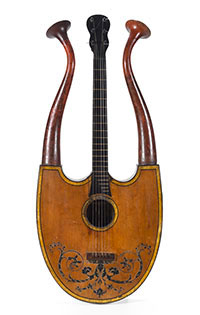Art and craftsmanship collections
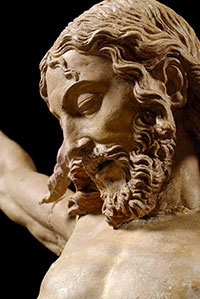 Religious Art
Religious Art
Body and soul
The large exhibit space, which is dominated by Antonio Begarelli’s (1499-1565) famous Madonna di Piazza, was designated for Religious Art at the beginning of the 20th century. On display are paintings, sculptures, goldwork and décor for liturgical use, which document figurative production in Modena and the surrounding area from the Middle Ages to the 18th century.
Musical Instruments
The shapes of sound
The collection was formed with the aim of locally reviving the tradition of high craftsmanship that flourished in the 18th and early 19th centuries around the Este court. Special attention is given to the great Modenese luthiers, such as Pietro Termanini, maker of the exquisite harpsichord dated 1741, Domenico Bertani and Antonio Apparuti.
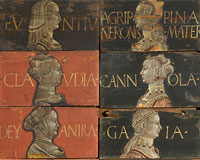 Terracotta, leathers, decorative papers, weights and measures
Terracotta, leathers, decorative papers, weights and measures
Exemplary models
The exhibit hall has always housed heterogeneous collections and today constitutes one of the places where the Museum’s role as a repository of models of craftsmanship and industry is most evident.
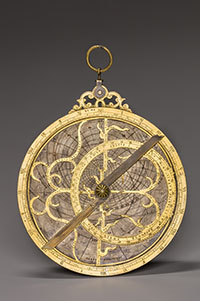 Scientific instruments
Scientific instruments
Instruments of knowledge
The origin of the collection is rooted in the first director Carlo Boni’s positivist culture and his concept of museums as workshops of advanced experiences, combined with his desire to collect antique instruments that could illustrate the various phases of scientific progress.
Ceramics and glasswork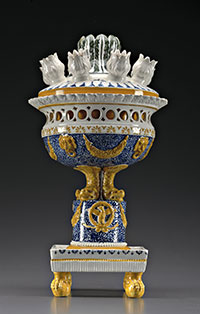
The art of laying the table
The hall exhibits ceramics from the area, not only discovered during digs and restorations or available on the market, but also from important donations, which especially enhanced the group of majolica.
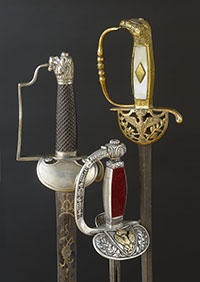 Weapons and horseback riding equipment
Weapons and horseback riding equipment
Iron and fire
The donation by the marquis Paolo Coccapani Imperiali (1898) constitutes almost the entirety of the weapons collection, which includes firearms, cold weapons and pole weapons, which are predominantly European and datable to the 15th through the 19th centuries.
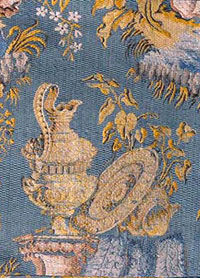 The Gandini textile collection
The Gandini textile collection
Enchanting weaves
An ample selection of this prestigious textile collection donated by the count Luigi Alberto Gandini in 1881-1882 is displayed in a hall that has maintained its suggestive 19th century set up.
The Campori Collection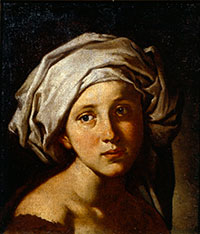
A born collector
The exhibit hall houses the paintings from the Gallery of the Marquis Matteo Campori, which was originally located in the family estate in Via Ganaceto. The estate, including the works and the furnishings, were donated to the Municipality of Modena in 1929.
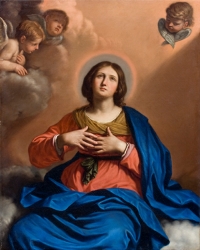 Sernicoli Collection
Sernicoli Collection
An aspiring collector
The exhibit hall houses paintings and silver that belonged to Carlo Sernicoli of Modena, an art lover and collector who was motivated by the desire to recover works associated with the artistic culture of his region.
Giuseppe Graziosi Plaster Cast Gallery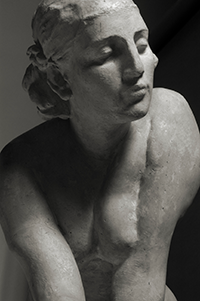
The Giuseppe Graziosi Collection consists of works in the plaster cast gallery instituted in 1984, following the acquisition of a sizeable collection of the artist’s sculptures, paintings, engravings and drawings, donated by his heirs. Originally placed in the former “San Paolo” girl’s boarding school, in 1994 the gallery was moved to its current location on the ground floor of the Palazzo dei Musei.
The richness of the art and craftsmanship collections does not stop at the doors of the exhibit halls, but carries on in the depositories, in a continuous dialogue between the spaces dedicated to exposition and those dedicated to conservation and research.

